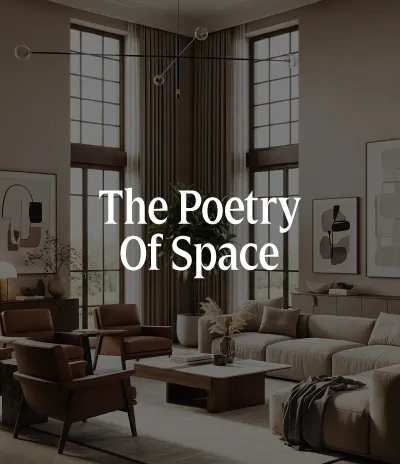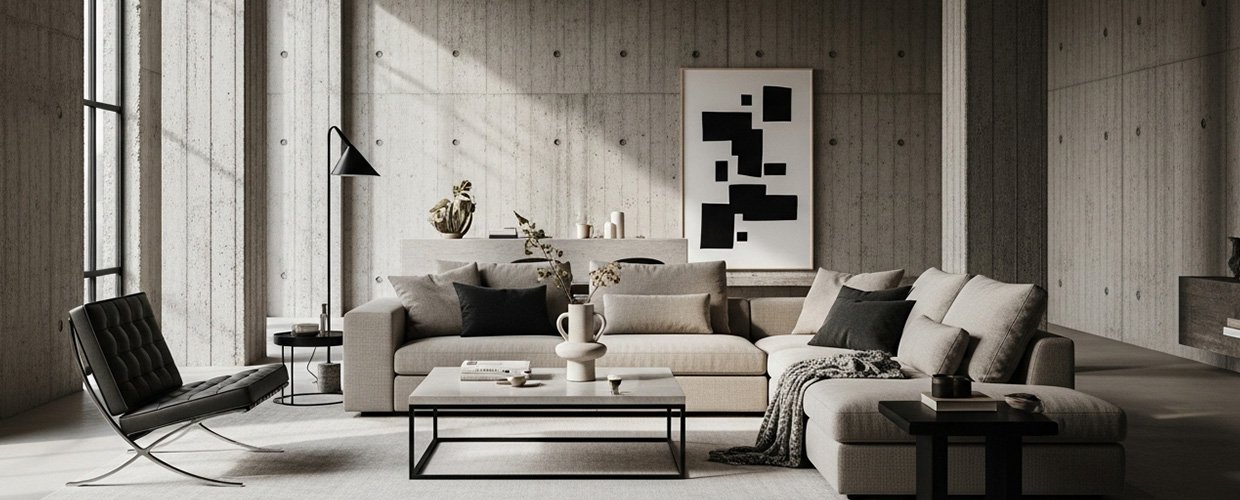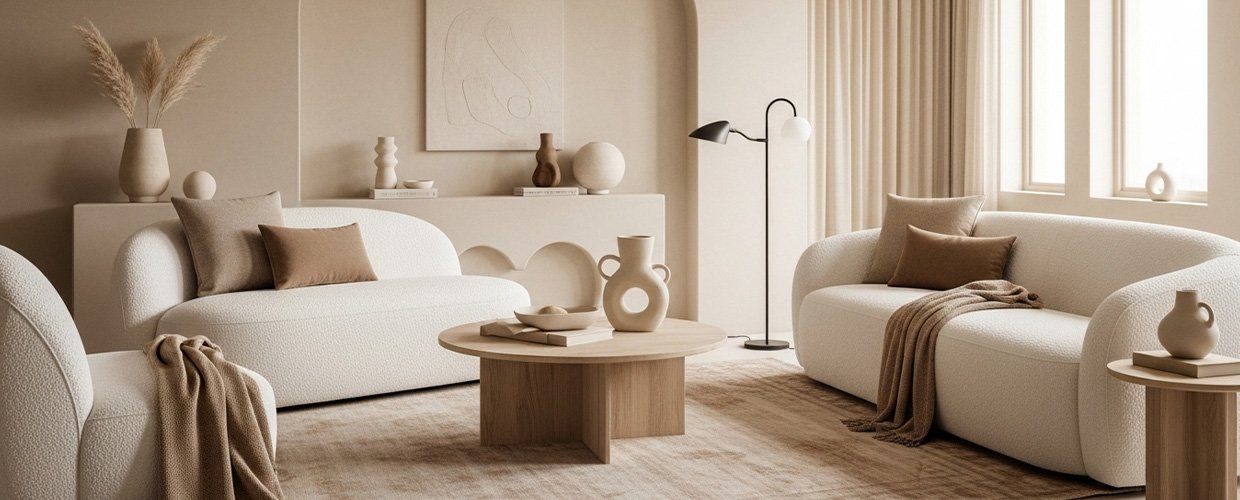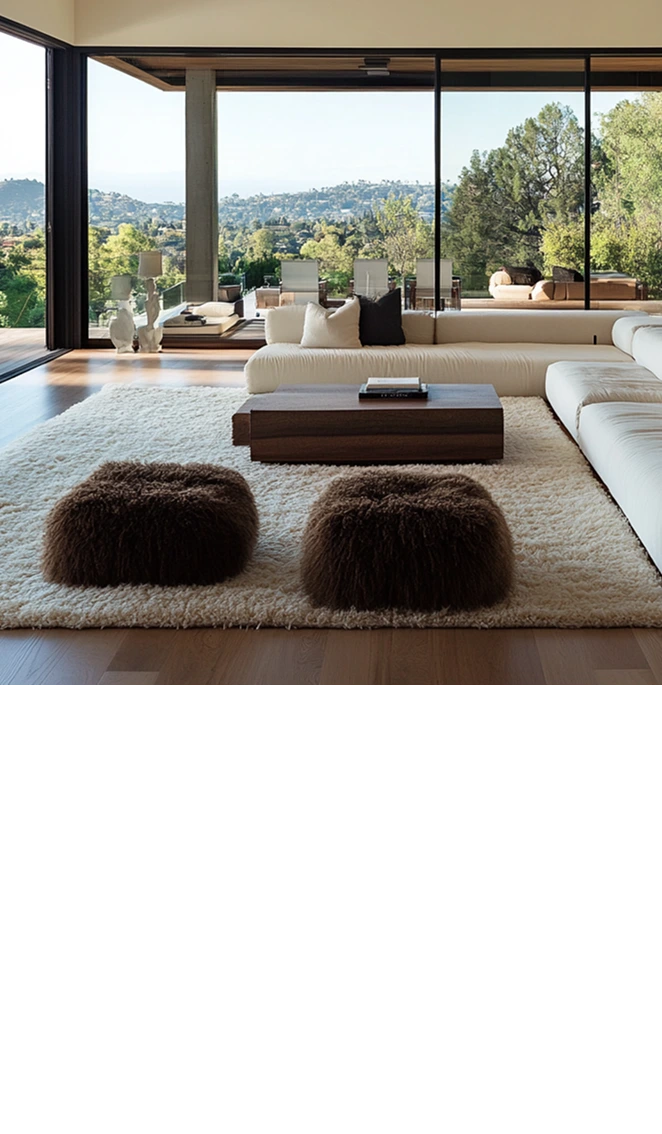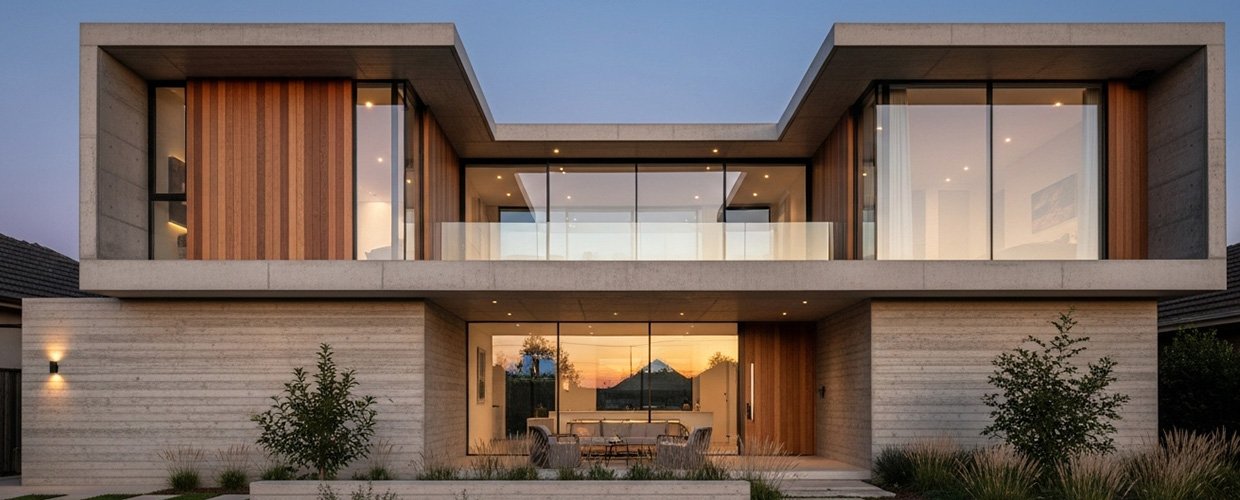
Minimalist Materials Guide: Concrete, Wood, and Glass in Modern Design
Minimalism in architecture is more than just an aesthetic choice; it’s a philosophy that emphasizes simplicity and functionality. At AB Concepts, where we believe in ‘The Poetry of Space,’ minimalist materials play a crucial role in crafting environments that are not only visually appealing but also deeply personal and timeless. For architects, designers, and material specification professionals, understanding the nuances of minimalist materials is essential in creating spaces that elevate everyday living. This article delves into the world of minimalist materials in architecture, offering insights into practical applications, cost considerations, and maintenance requirements. By embracing minimalist materials, design professionals can achieve spaces that are both refined and functional, aligning with the modern demand for sleek, efficient, and sustainable environments. Whether you’re designing a new building or renovating an existing space, the right selection of materials can significantly impact the outcome, making it essential to explore all aspects of minimalist materials.
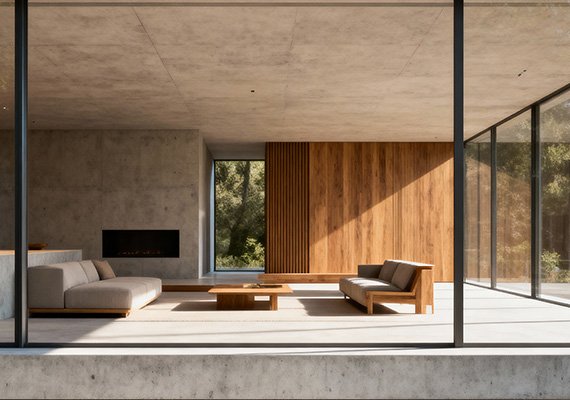
Minimalist materials in architecture often include natural and understated options such as concrete, glass, steel, and wood. These materials are chosen not only for their aesthetic appeal but also for their durability and sustainability. Concrete, for instance, offers a raw and organic look while providing excellent structural support. Its versatility allows for various finishes, from polished to a more rustic texture, making it suitable for different design preferences. Glass is another popular choice, known for its ability to create open and light-filled spaces. It seamlessly blends the indoors with the outdoors, enhancing the sense of space and connection with nature. Steel, with its sleek and industrial feel, is favored for its strength and ability to support large spans without intrusive columns, allowing for open floor plans that are characteristic of minimalist architecture. Wood, particularly in its natural or lightly treated form, adds warmth and texture, softening the otherwise stark lines of minimalist design while maintaining an eco-friendly profile. When selecting materials, it’s crucial to consider not only the initial cost but also long-term maintenance requirements. For example, while glass may require regular cleaning to maintain its clarity, choosing high-quality materials can reduce overall upkeep and ensure longevity. By focusing on practical applications and cost-effective solutions, minimalist materials can be integrated into any architectural project, offering both beauty and functionality.
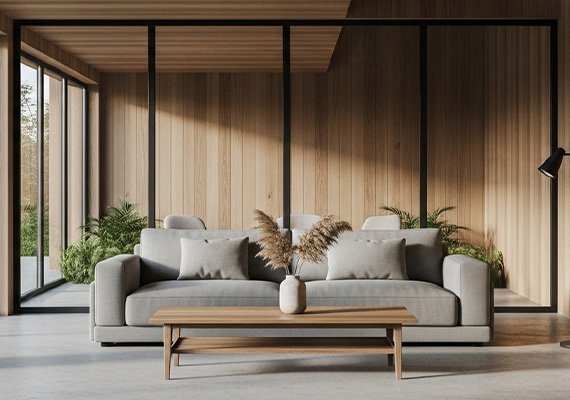
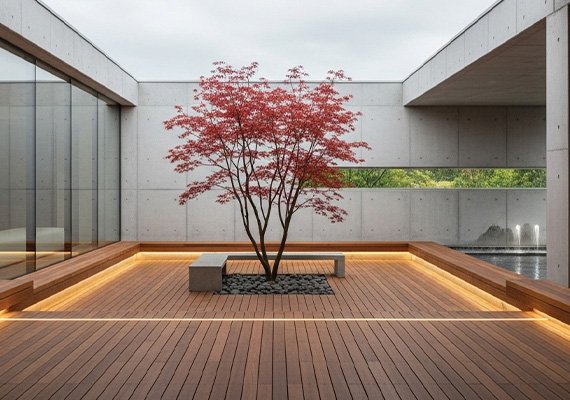
In summary, minimalist materials in architecture provide a pathway to creating spaces that are both elegant and efficient. By opting for materials like concrete, glass, steel, and wood, architects and designers can realize a vision that is not only aesthetically pleasing but also sustainable and cost-effective. These materials underscore the principles of minimalism—simplicity, functionality, and a connection with nature—allowing for the creation of environments that are timeless and deeply personal. It’s important for design professionals to weigh the initial investment against long-term benefits, considering factors such as durability, maintenance, and environmental impact. As the demand for minimalist designs continues to grow, understanding these materials’ properties and applications becomes increasingly vital. By focusing on the practical and economical aspects of material selection, professionals can craft spaces that elevate everyday living, staying true to the brand purpose of AB Concepts. Moving forward, staying informed about new developments in material technology and sustainability trends will further enhance the ability to design spaces that resonate with modern sensibilities.
TRENDING NOW

